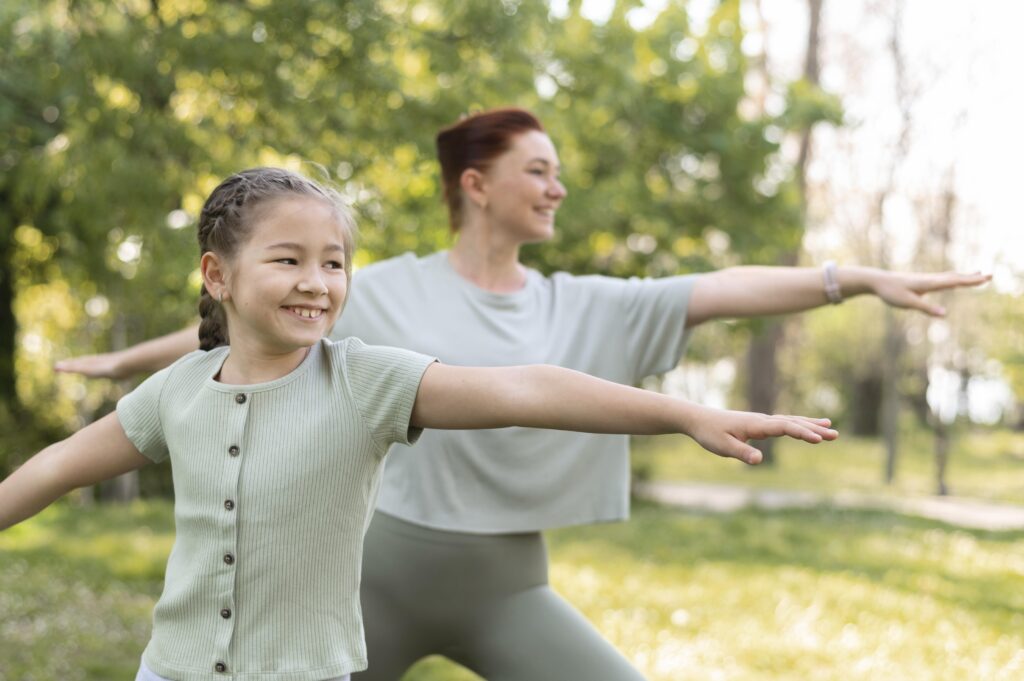Stress is a common part of modern life, but incorporating mindfulness activities into your daily routine can significantly reduce stress and improve overall well-being. This guide will explore various wellness activities designed to help you manage stress more effectively.
Understanding Mindfulness and Stress
What is Mindfulness?
Mindfulness is the practice of being fully present and engaged in the current moment without judgment. It involves paying attention to your thoughts, feelings, and surroundings with a sense of curiosity and openness. Originating from ancient Buddhist traditions, mindfulness has been adapted into contemporary practices to enhance mental health and well-being.
How Mindfulness Reduces Stress
Mindfulness reduces stress by helping individuals become aware of their stress responses and manage them more effectively. By focusing on the present moment, you can break the cycle of worry and anxiety that often accompanies stress. Research shows that mindfulness practices can lower cortisol levels, the body’s primary stress hormone, and increase overall emotional regulation.

Top Mindfulness Activities for Stress Reduction
Breathing Exercises
Deep Breathing Techniques
Deep breathing is a simple yet powerful mindfulness activity. Sit comfortably, close your eyes, and take a slow, deep breath through your nose, filling your lungs completely. Hold for a few seconds, then exhale slowly through your mouth. Repeat this process for several minutes.
Benefits of Focusing on Breath
Focusing on your breath can quickly calm your mind and body, reducing stress and promoting relaxation. It can also enhance your concentration and increase your sense of well-being.
Mindful Meditation
Types of Meditation
- Guided Meditation: Involves listening to a guide who leads you through the meditation process.
- Unguided Meditation: Practiced alone, focusing on the breath or a mantra.
- Loving-Kindness Meditation: Focuses on developing feelings of compassion and love for yourself and others.
Starting a Meditation Practice
Find a quiet space, set a timer for 5-10 minutes, and sit comfortably. Close your eyes and focus on your breath or a chosen mantra. When your mind wanders, gently bring your focus back to your breath.
Body Scan
Performing a Body Scan Meditation
Lie down or sit comfortably. Close your eyes and take a few deep breaths. Start by focusing on your toes and slowly move your attention up your body, noticing any sensations or tension. Spend a few moments on each body part, then release any tension you find.
Mindful Eating
Practicing Mindful Eating
Eat slowly and without distractions. Pay attention to the taste, texture, and aroma of your food. Take small bites and chew thoroughly. Reflect on the journey your food has taken to reach your plate.
Benefits of Mindful Eating
Mindful eating helps you enjoy your food more and recognize your body’s hunger and fullness cues, which can lead to healthier eating habits and reduced stress.
Mindful Walking
How to Practice Mindful Walking
Choose a quiet place to walk. Focus on the sensation of your feet touching the ground, the movement of your legs, and your breathing. Notice your surroundings without letting your mind wander.
Benefits of Mindful Walking
Mindful walking can clear your mind, reduce stress, and improve your mood. It’s an excellent way to integrate mindfulness into your daily routine.
Additional Wellness Activities for Mindfulness
Gratitude Practice
Keeping a Gratitude Journal
Each day, write down three things you are grateful for. They can be as simple as a beautiful sunset or a kind gesture from a friend. This practice can shift your focus from stress to positivity.
Mindful Listening
Enhancing Listening Skills
When someone speaks, give them your full attention. Avoid planning your response and instead, focus on their words, tone, and body language. Reflect back what they’ve said to ensure understanding.
Mindful Observation
Practicing Mindful Observation
Choose an object, like a flower or a painting, and observe it closely. Notice its colors, shapes, and textures. This practice helps you stay present and appreciate the beauty around you.
Progressive Muscle Relaxation
How to Practice
Tense a specific muscle group for a few seconds, then slowly release the tension. Move through each muscle group in your body. This technique can reduce physical tension and promote relaxation.
Visualization Techniques
Using Guided Imagery
Close your eyes and imagine a peaceful scene, such as a beach or a forest. Engage all your senses to create a vivid mental picture. Visualization can reduce stress and enhance relaxation.
Mindful Journaling
Journaling Prompts
Write about your current thoughts and feelings, a recent positive experience, or a challenge you’re facing. Journaling can help you process emotions and gain insights into your stressors.
Mindful Stretching and Yoga
Incorporating Mindfulness into Physical Activity
During stretching or yoga, focus on your breath and body movements. Notice how your body feels with each pose and movement. Simple yoga poses like Child’s Pose and Downward-Facing Dog can relieve tension and stress.
Integrating Mindfulness into Your Daily Routine
Creating a Mindfulness Schedule
To make mindfulness a regular part of your life, set aside specific times each day for mindfulness activities. Start with short sessions and gradually increase the duration. Consistency is key to reaping the benefits.
Overcoming Common Challenges
Staying Consistent
Identify barriers to your mindfulness practice, such as time constraints or distractions, and find ways to overcome them. Use reminders, track your progress, and celebrate small victories to stay motivated.
Conclusion
The Long-Term Benefits of Mindfulness
Mindfulness offers numerous long-term benefits, including reduced stress, improved mental clarity, and enhanced overall well-being. By integrating mindfulness activities into your daily routine, you can create a more balanced and fulfilling life.
